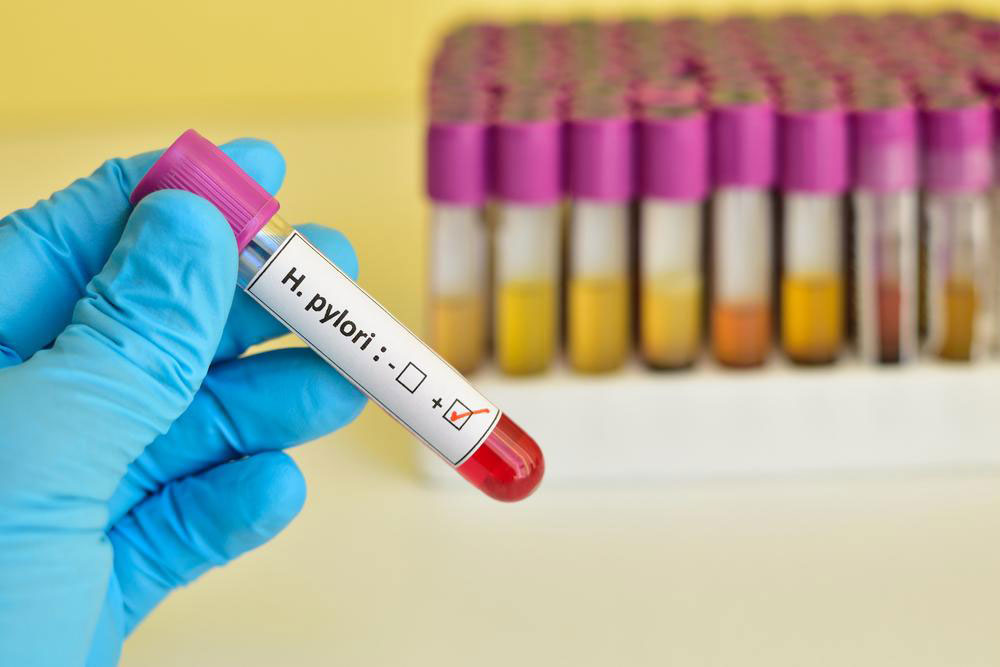Comprehensive Guide to Helicobacter Pylori Infection: Causes, Symptoms, and Prevention Strategies
This comprehensive article provides in-depth information on Helicobacter pylori infection, including causes, symptoms, diagnosis, and prevention. It emphasizes the importance of hygiene practices and early detection for maintaining digestive health and preventing ulcers and other complications. Ideal for those seeking detailed health insights, this guide offers practical tips and medical advice to reduce infection risks effectively.

Comprehensive Guide to Helicobacter Pylori Infection: Causes, Symptoms, and Prevention Strategies
Helicobacter pylori, commonly known as H. pylori, are distinctive spiral-shaped bacteria that have adapted to thrive within the human digestive system. These microscopic organisms predominantly colonize the stomach lining, often residing unnoticed for long periods. While many individuals infected with H. pylori experience no symptoms, the presence of these bacteria can lead to serious health complications if left untreated. One of the most common issues associated with H. pylori infection is the development of ulcers in the stomach and small intestine, which can cause significant discomfort and, in some cases, complications like bleeding or perforation. Therefore, understanding the origins, symptoms, diagnostic procedures, and effective prevention measures of H. pylori is crucial for maintaining digestive health and preventing associated diseases.
Understanding the Causes of H. pylori Infection
The transmission of H. pylori occurs mainly through routes associated with poor hygiene and contaminated food or water sources. The bacteria are typically spread via fecal-oral or oral-oral routes, making hygiene practices and sanitation crucial factors in prevention. Poor hygiene practices, especially inadequate handwashing after bathroom use or before meals, can facilitate the spread of the bacteria from contaminated hands to the mouth. Consuming food or water contaminated with fecal matter containing H. pylori is another common portal of entry. These bacteria can survive in the environment for some time, particularly in conditions that favor their persistence, such as contaminated water sources, improperly stored food, or utensils not properly cleaned. Crowded living conditions, such as in households with multiple members or in areas with poor sanitation infrastructure, further increase the risk of infection. Therefore, maintaining good hygiene and ensuring food safety are key to reducing the risk of H. pylori transmission.
Recognizing the Symptoms of H. pylori Infection
Many people infected with H. pylori remain asymptomatic, meaning they do not experience any noticeable symptoms. However, when symptoms do occur, they can range from mild to severe and may include:
Persistent or recurring abdominal pain, often described as a burning or gnawing sensation, particularly when the stomach is empty.
Frequent nausea or discomfort after eating.
Excessive burping or the sensation of bloating after meals.
Unintentional weight loss due to loss of appetite or discomfort eating.
Feeling excessively bloated, which can cause abdominal distension.
Reduced or loss of appetite, often linked to discomfort or nausea.
If you experience three or more of these symptoms persistently, it is essential to seek medical evaluation to rule out H. pylori infection or other gastrointestinal conditions. Early diagnosis and treatment are key to preventing complications such as ulcers or even gastric cancer in advanced cases.
Diagnostic Methods for Detecting H. pylori
Medical professionals utilize various diagnostic tools to confirm H. pylori infection, each with its advantages and specific applications:
Blood Test: This test detects antibodies against H. pylori in your bloodstream, indicating current or past infection. While convenient, it may not distinguish between active and previous infections.
Urea Breath Test: This sensitive test involves ingesting a special urea compound labeled with a carbon isotope. If H. pylori is present, it breaks down the urea, releasing labeled carbon dioxide that can be measured in your exhaled breath. This test is highly specific for active infection.
Stool Antigen Test: Laboratory analysis of a stool sample identifies proteins related to H. pylori, confirming active infection. It is non-invasive and useful for initial diagnosis and confirming eradication after treatment.
Endoscopy and Biopsy: In cases requiring more detailed examination, a doctor may insert a flexible tube with a camera into the stomach via the mouth. During this procedure, tissue samples can be collected for histological examination, culture, or rapid urease testing. This method provides direct visualization and highly accurate detection.
Effective Prevention Strategies for H. pylori Infection
Prevention of H. pylori infection revolves around maintaining high standards of hygiene, practicing safe food handling, and improving sanitation. Here are some practical tips:
Implement thorough hand hygiene practices, washing hands with soap and water before meals, after using the toilet, and after handling potentially contaminated items.
Consume food from reputable sources that follow strict cleanliness standards. Avoid eating raw or undercooked foods that could harbor bacteria.
Ensure proper cleaning and sanitization of kitchen utensils, cutting boards, and food preparation areas to prevent cross-contamination.
Use safe drinking water—boiling or treating water if necessary—especially in areas where water sanitation is questionable.
Limit sharing saliva-based items such as utensils, cups, or straws, particularly if someone in your household is known to be infected.
If there is a family history of gastritis, ulcers, or gastric cancer, consider early screening for H. pylori to catch and treat infections promptly.
Adopt a balanced diet rich in vitamins, antioxidants, and fiber to support overall digestive health and potentially inhibit bacterial colonization.
In summary, understanding the transmission, recognizing symptoms early, utilizing accurate diagnostic methods, and following preventive measures are essential in managing H. pylori infections. With proactive health habits and medical guidance, it is possible to reduce the risk of complications and maintain a healthy digestive system.





